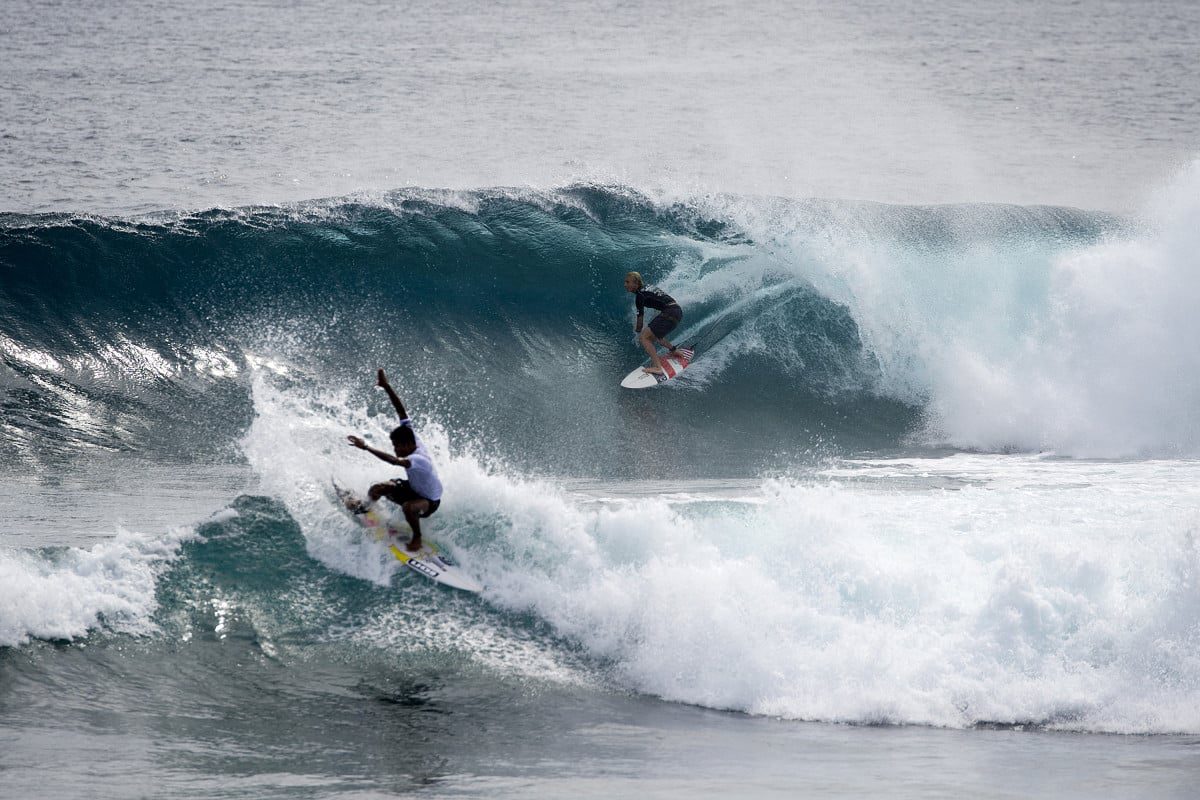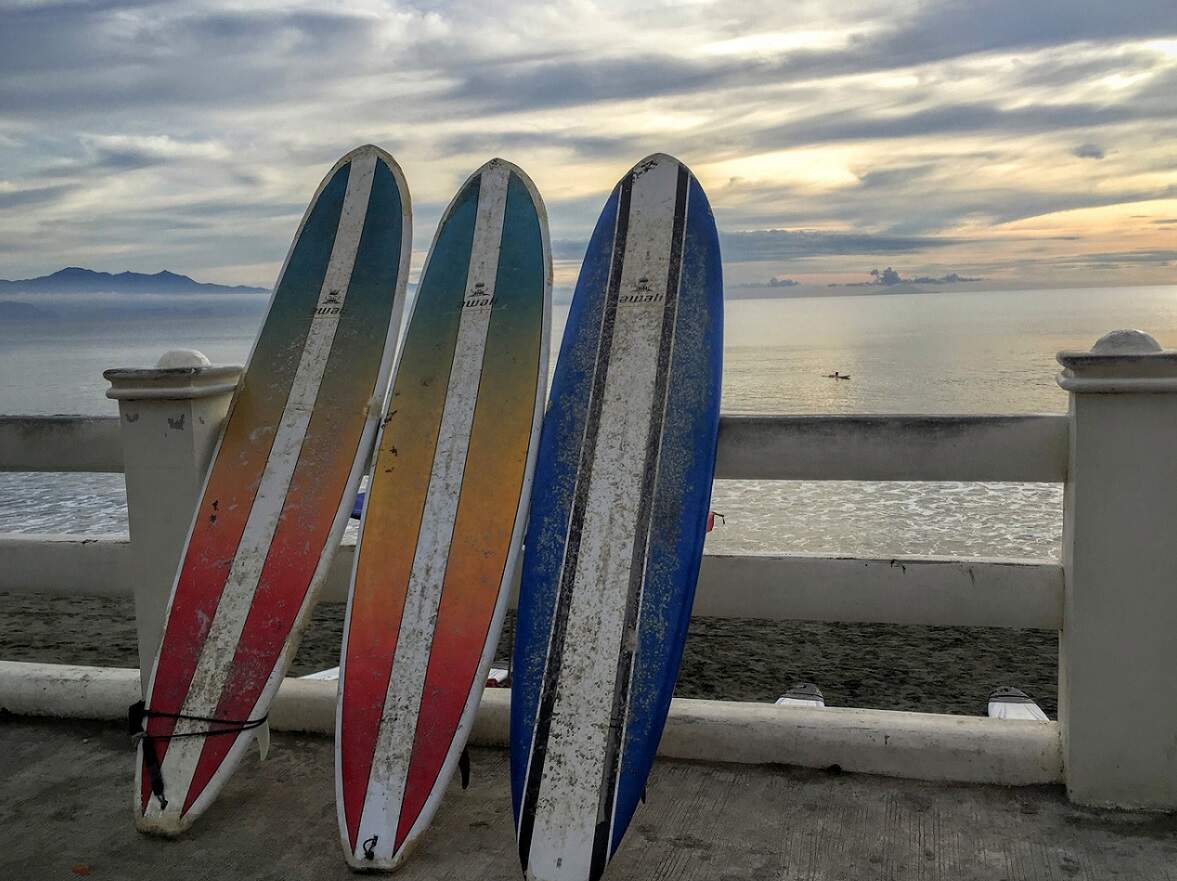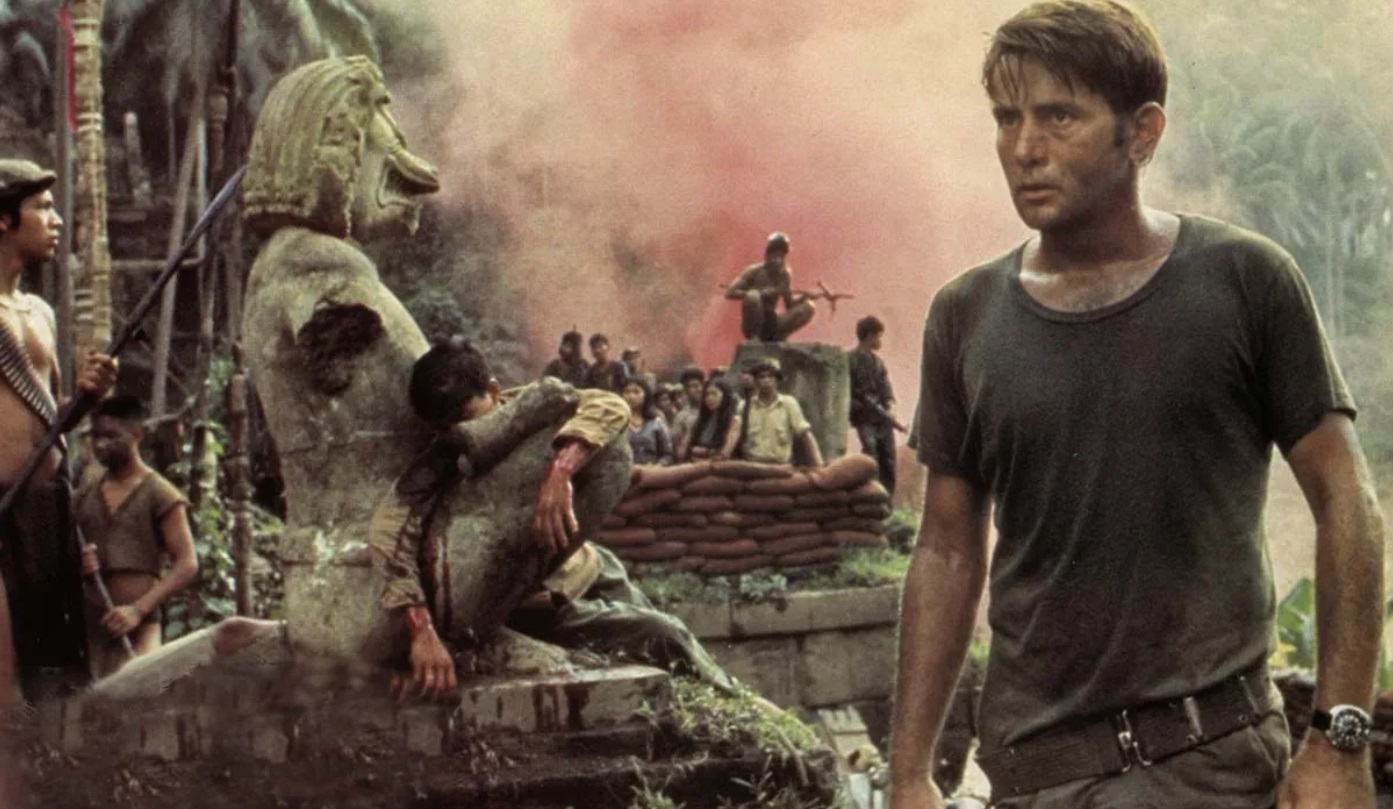
Baler, a quiet coastal town in the province of Aurora, wasn’t always on the map for surf lovers. Today, it’s widely regarded as the birthplace of Philippine surfing—a destination that draws both seasoned surfers and curious first-timers. But what surprises many is that Baler’s reputation didn’t grow organically or through government tourism efforts. Instead, it began with the unexpected arrival of a Hollywood film crew in the 1970s.
When director Francis Ford Coppola chose Baler’s Sabang Beach as a filming location for Apocalypse Now, no one could have predicted the ripple effect it would have. A few leftover surfboards and some curious locals sparked a subculture that transformed a sleepy fishing town into a national surfing hotspot.
Related article: The 8 Best Surfing Destinations in the Philippines
Baler in the 1970s: A Town Frozen in Time
Before the film crew arrived, Baler was a remote and almost forgotten place. Surrounded by the Sierra Madre mountains and facing the Pacific Ocean, it was cut off from the rest of Luzon by rough terrain and underdeveloped roads. There were no tourist resorts, no surfboards, and certainly no idea that the waves lapping at Sabang Beach could be anything more than scenery.
As reported by the BBC in their article “Apocalypse Now and the surfboards left behind”, the town had very little infrastructure and existed quietly without much influence from the outside world. Its untouched beaches were beautiful, but no one imagined they could be the foundation of a surf culture.
Apocalypse Now Lands in Sabang

In 1976, director Francis Ford Coppola arrived in the Philippines with a massive crew, equipment, and actors to shoot scenes for Apocalypse Now. The production was notoriously chaotic and ambitious, requiring jungles, rivers, and coastal settings. Baler’s Sabang Beach fit the bill perfectly.
Local accounts, such as those shared by travel blog Nomadic Experiences in their piece “Baler, Aurora Part II: Apocalypse Now”, describe how helicopters hovered above the water and beachside war zones were staged with pyrotechnics. Residents would gather each day, watching in awe as Hollywood recreated Vietnam just steps from their homes.
But what really caught their attention happened off-camera. When the foreign crew members weren’t filming, they took to the waves, surfing the Pacific swells in their downtime.
Surfboards Left Behind: The Birth of Philippine Surf Culture
Once filming wrapped, the production team left Baler in haste—leaving behind a few surfboards on the beach. For the locals, these boards were more than just forgotten props. They were the beginning of something extraordinary.
According to Esquire Philippines in their article “How Apocalypse Now Accidentally Created the Philippine Surf Culture”, locals like Rommel “Lakay” Corpus and Edwin Namoro were among the first to try surfing. With no formal training, they taught themselves by observing and experimenting. They practiced daily, fell frequently, and gradually built their skills.
The surfboards became communal treasures. Kids and teens shared them, modified them when they broke, and even began crafting their own. What began as curiosity soon grew into a local subculture.
From Hobby to Identity

As the early surf community in Baler developed, it moved beyond being just a pastime. The surfers innovated with limited resources—using rubber slippers for fins, patching boards with fiberglass, and learning from each other’s mistakes.
The story is vividly told in Medium’s essay “Apocalypse Now Haunts Baler”, which explores how surfing slowly became part of Baler’s cultural identity. By the 1990s, surf shops began popping up. Local competitions were held. Young people were drawn to the sea not just for livelihood, but for lifestyle.
Rommel Corpus and others began mentoring the next generation. They taught skills, instilled passion, and helped build a sense of community that still thrives today.
The Surf Boom and Tourist Wave
With its reputation growing, Baler began attracting surfers from all over the Philippines—and eventually from abroad. Sabang Beach became known for its gentle, beginner-friendly waves, while more experienced surfers headed to Cemento Beach and Charlie’s Point.
As described by Pinoy Travelogue in “Surfing 101: Baler, Aurora”, surf schools, budget hostels, and beachfront cafés have since flourished. Events like the Aurora Surfing Cup further fueled its popularity, and local surfers started representing Baler in national competitions.
The town’s surf season peaks between October and February, when Pacific swells consistently hit the shore. In 2023, the town hosted the first Baler International Pro, a World Surf League-sanctioned event, attracting over 120 surfers worldwide according to the World Surf League website.
Meanwhile, the Philippine News Agency reported that over 653,000 tourists visited Aurora province in early 2022, with Baler accounting for more than 43,000 visitors in the first nine months of that year, as confirmed by SunStar Philippines.
A Movie’s Lasting Footprint

Though it has been nearly 50 years since Apocalypse Now was filmed, its shadow still lingers in Baler—in the best possible way. Locals continue to tell the story of the surfboards left behind. The beach where some scenes were shot is now famously known as Charlie’s Point, named after the film’s line “Charlie don’t surf.”
The Philippine government even cemented Baler’s place in history by passing Republic Act No. 11957 in 2023, officially declaring Baler the “Birthplace of Philippine Surfing,” according to Rappler.
From War Film to Wave Haven
From cinematic chaos to coastal cool, Baler’s journey from obscurity to surfing stardom is a story of cultural serendipity. A war movie meant to depict destruction ended up inspiring a lifestyle that continues to bring joy, tourism, and identity to a once-sleepy town. Today, Baler stands as a testament to how waves—and a few forgotten surfboards—can change everything.
Related article: Surfing in Baler
–
Featured Image by Philippines Tourism USA





